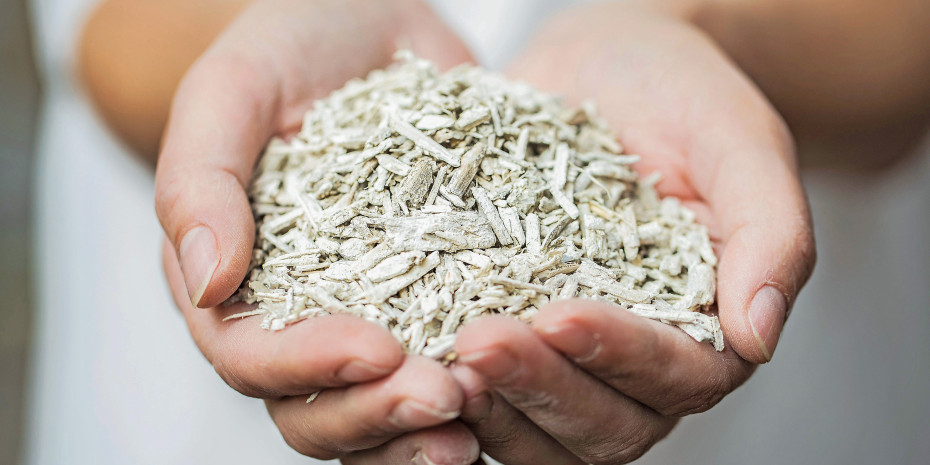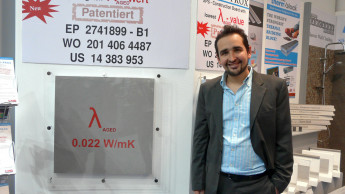Hemp has become increasingly important in recent years. As a natural, sustainable and versatile building material, it not only improves theCO2 balance, but also the indoor climate and healthy living. Hemp is now available in many different forms for construction and should not be missing from any DIY store due to the increasing demand for environmentally friendly building materials. A look at the positive properties, practical application examples and financial aspects provides a comprehensive understanding of hemp as a building material - from insulation to solid construction.
Hemp is a versatile plant and has been used as an insulating and building material for centuries. Hardly surprising: hemp has numerous advantages over conventional materials in terms of building properties, sustainability and healthy living. Hemp is a fast-growing plant that is cultivated with relatively little water and pesticides.
As a building material, it impresses above all with its excellent insulation and climate properties, its durability, energy efficiency, fire resistance and positive CO2 balance. In addition, hemp fibres are free from harmful substances and are also sound-insulating. Its ability to absorb and release moisture prevents the formation of mould and prevents allergies. As a natural and plant-based raw material, hemp is one of the most harmless insulating and building materials in terms of health.
Thanks to its low thermal conductivity, hemp fibres are excellent thermal insulation materials. Hemp insulation is only slightly flammable and contributes to improved fire protection, for example for roof, between-rafter and under-rafter insulation as well as on interior and exterior facades. Stuffing hemp and hemp granulate, which consists of loose hemp fibres, are used to insulate cavities. The latter is also suitable as bulk insulation. If the fibres are coated with clay, the insulating effect is increased.
Solid insulation boards made of hemp are used for insulating floors and ceilings. However, it should be noted that hemp is less suitable for insulating parts of buildings in contact with the ground, such as basements - it is not sufficiently resistant to water and pressure. However, hemp is not only an ecological alternative to conventional insulation materials, but is also used as a building material in various other forms:
- Hempcrete or hemp lime is made from the light wood of the hemp plant, the so-called hemp hurds, lime and water. It is a light, flexible, stable…

 Menü
Menü














 Newsletter
Newsletter